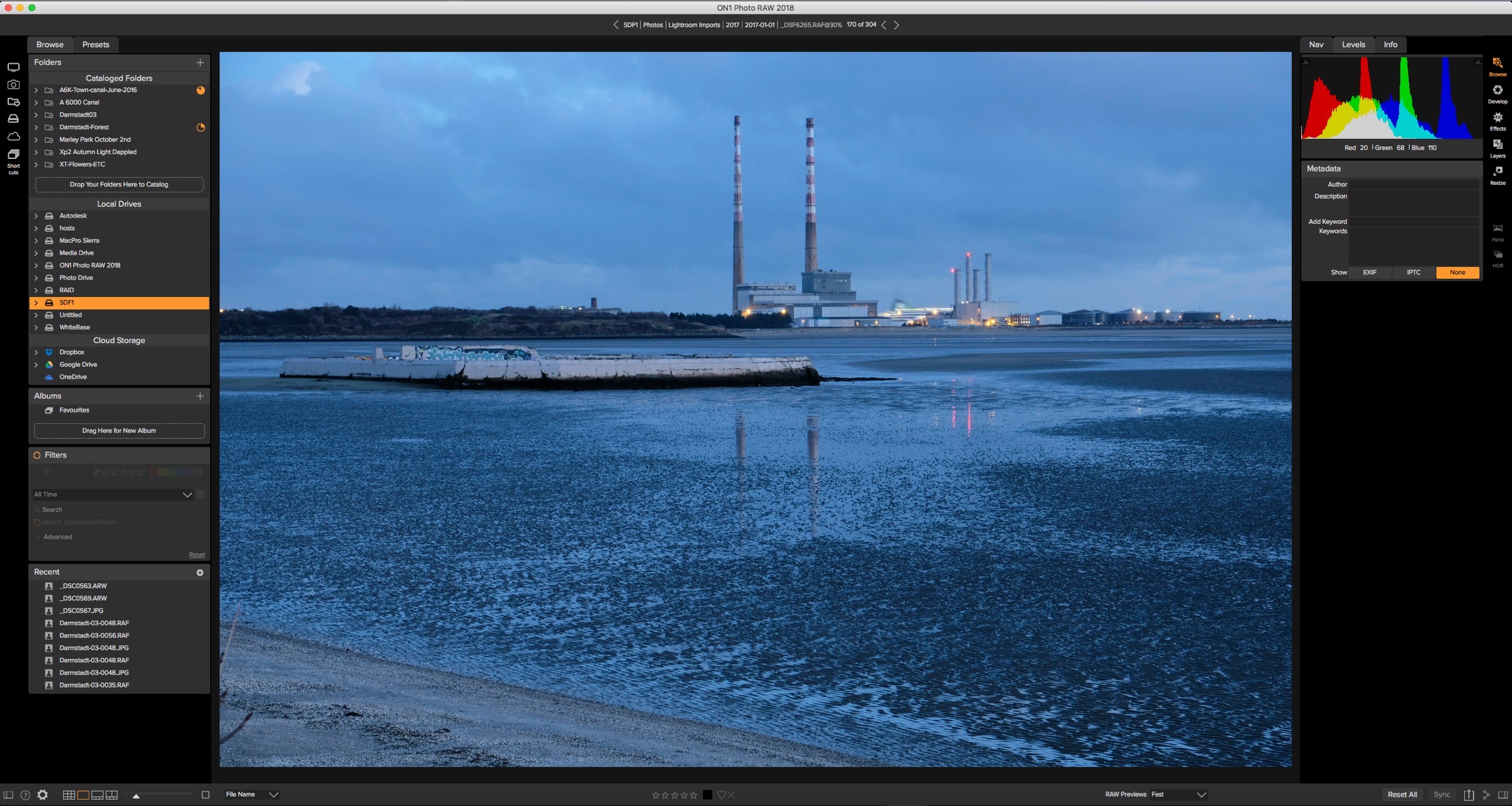There has been a lot of talk lately about Lightroom alternatives. Much of this has been amplified by disquiet over the recent decision of Adobe to go subscription only, although there have been grumblings about this for a while. A lot of people are looking for alternatives because of this, and many people are making claims that x software will replace Lightroom and so on. Unfortunately because of the internet echo chamber, many of these claims are either untrue, out only true for specific purposes.


















